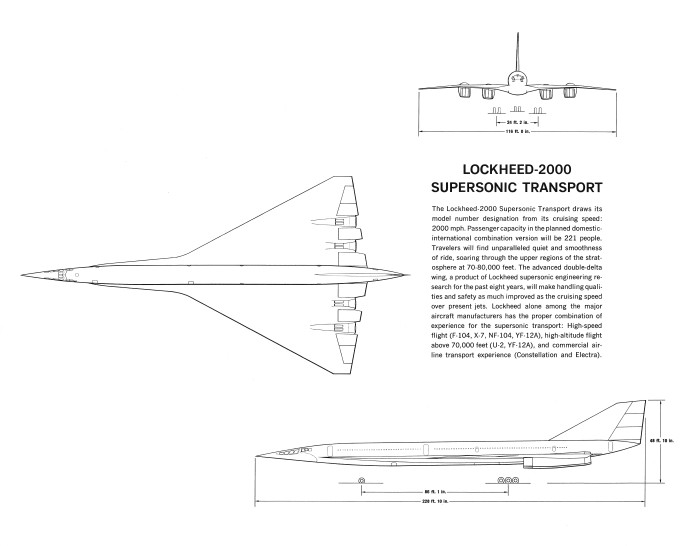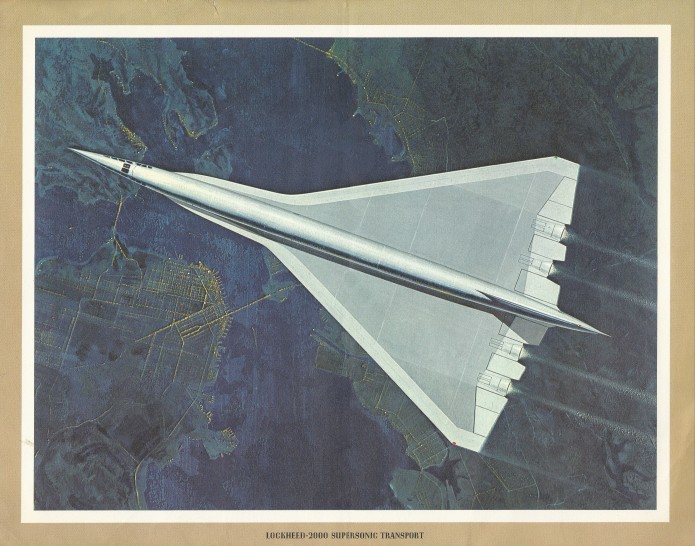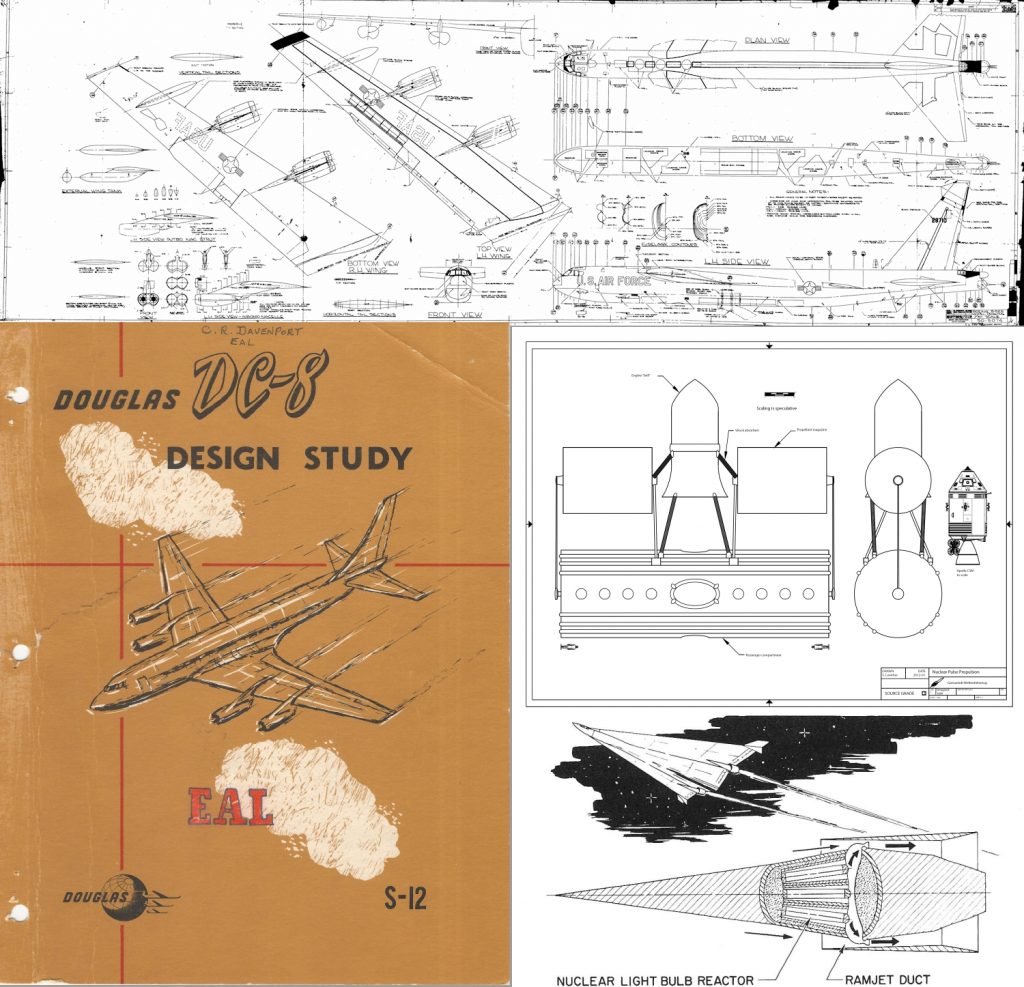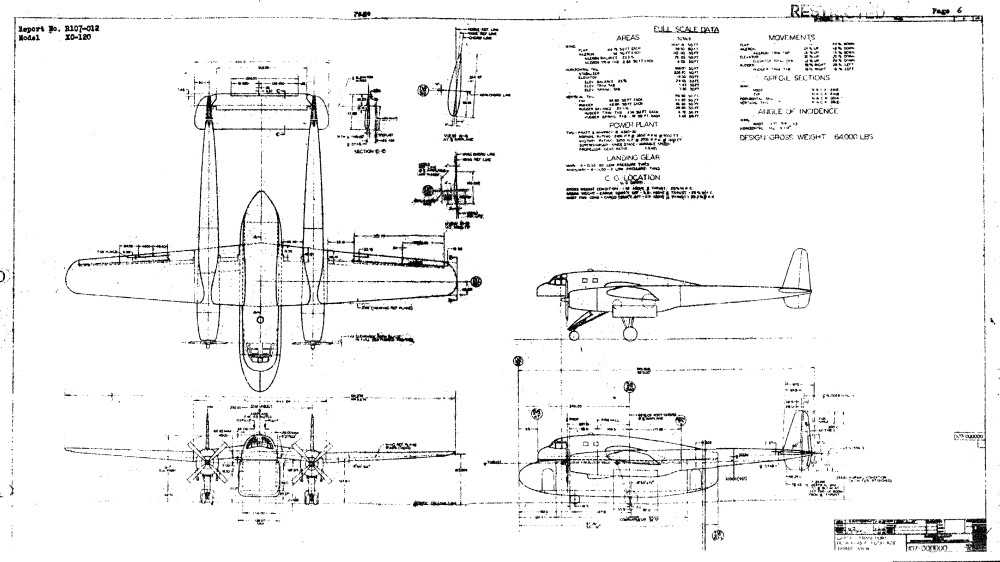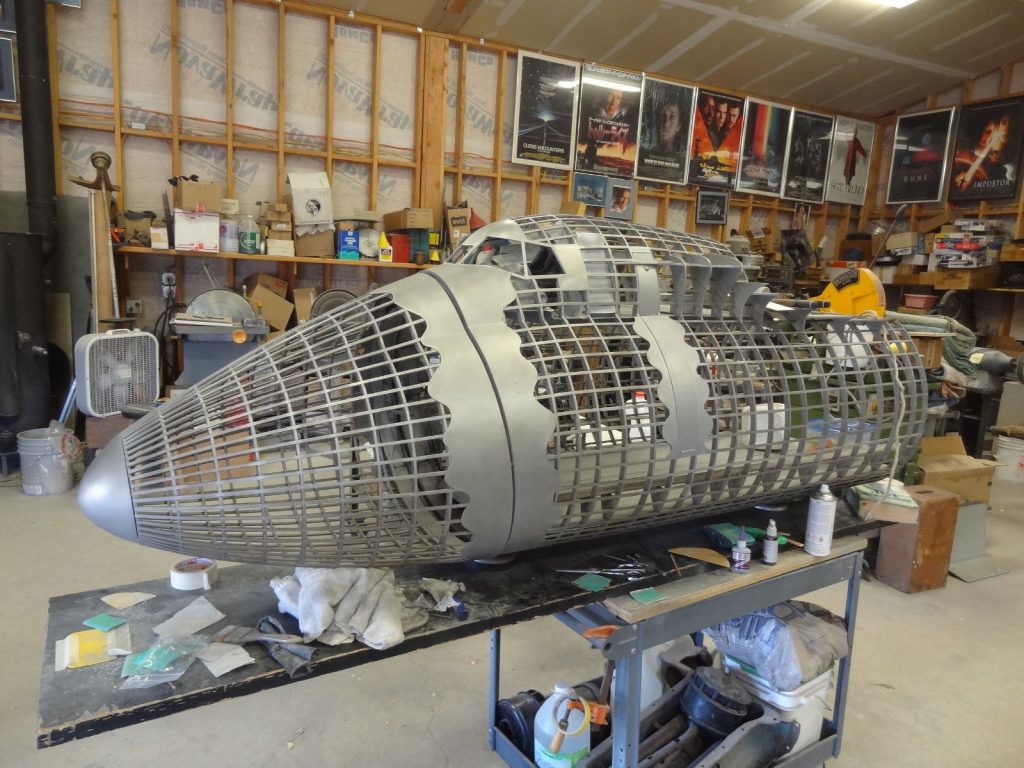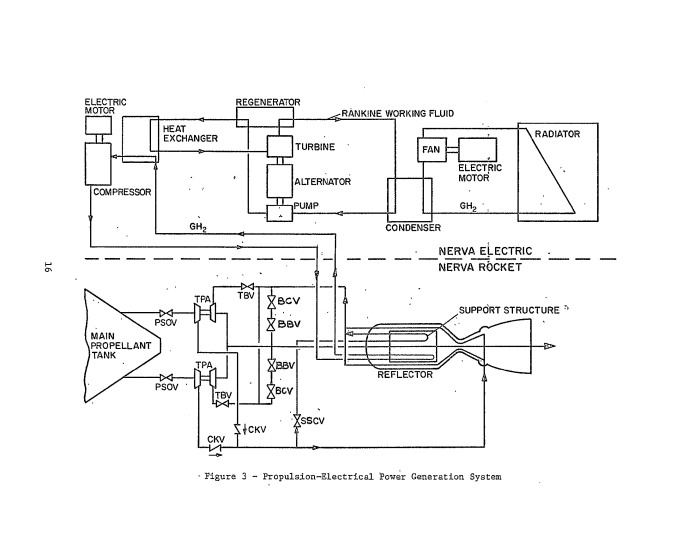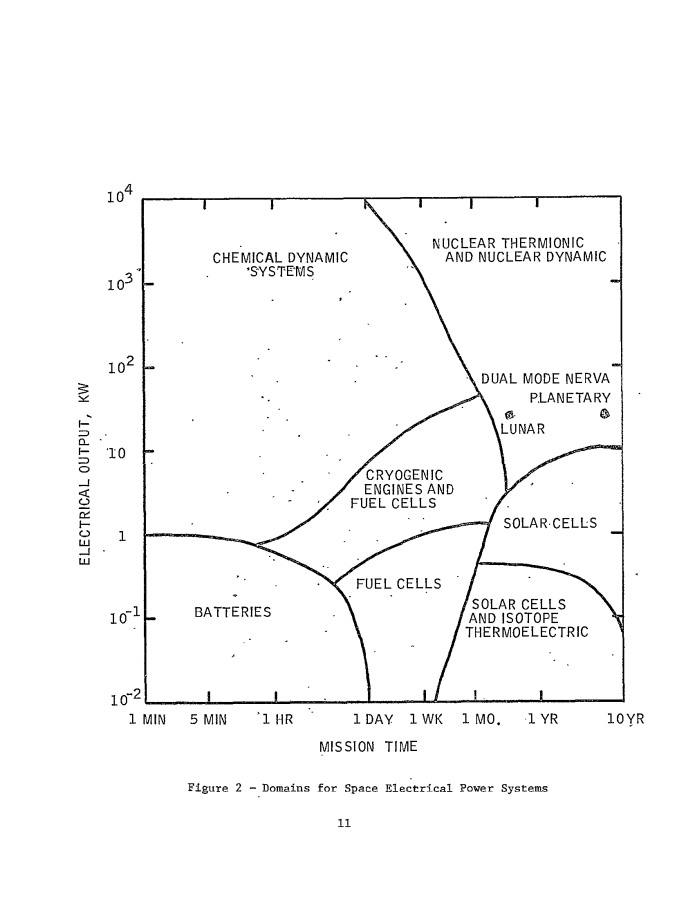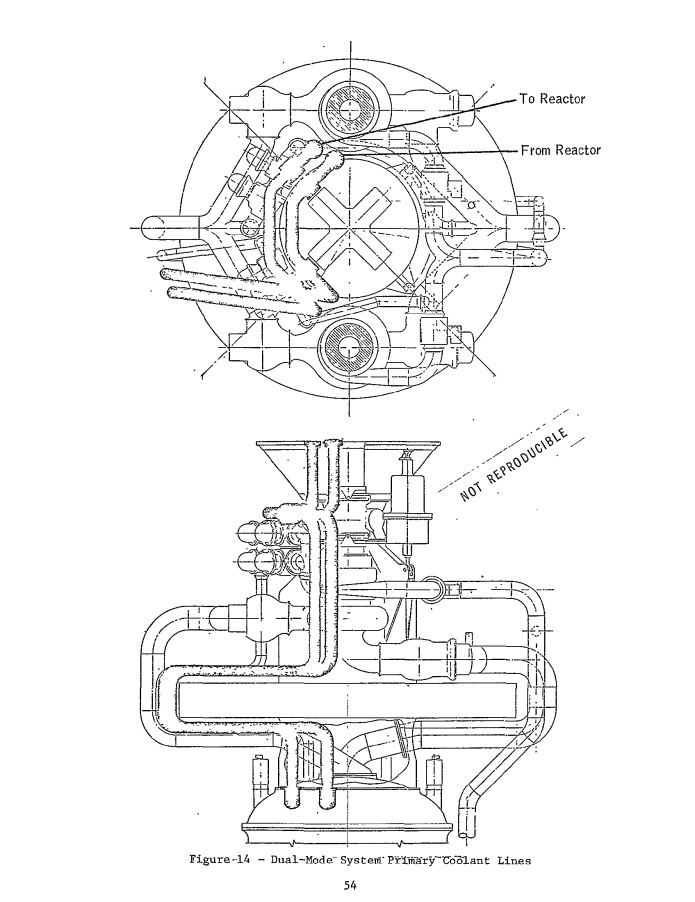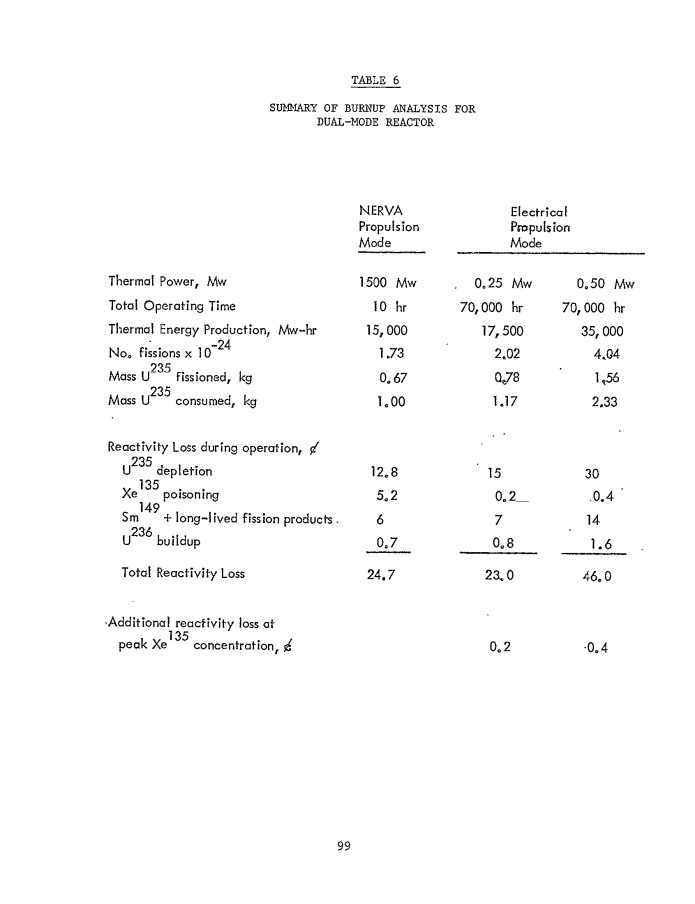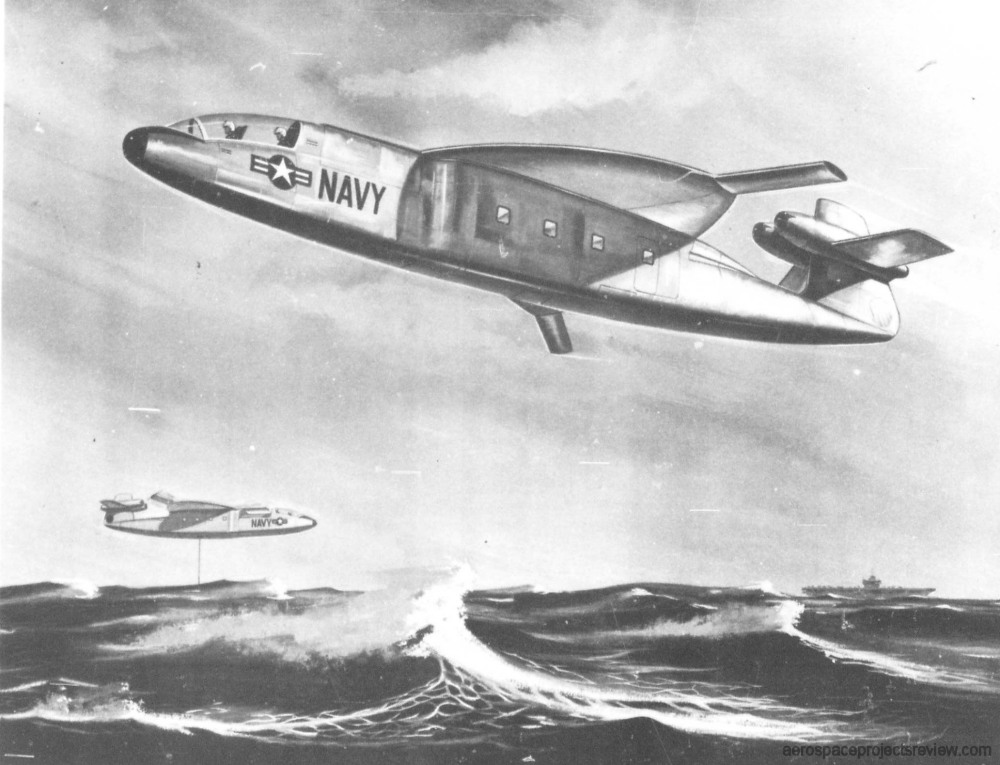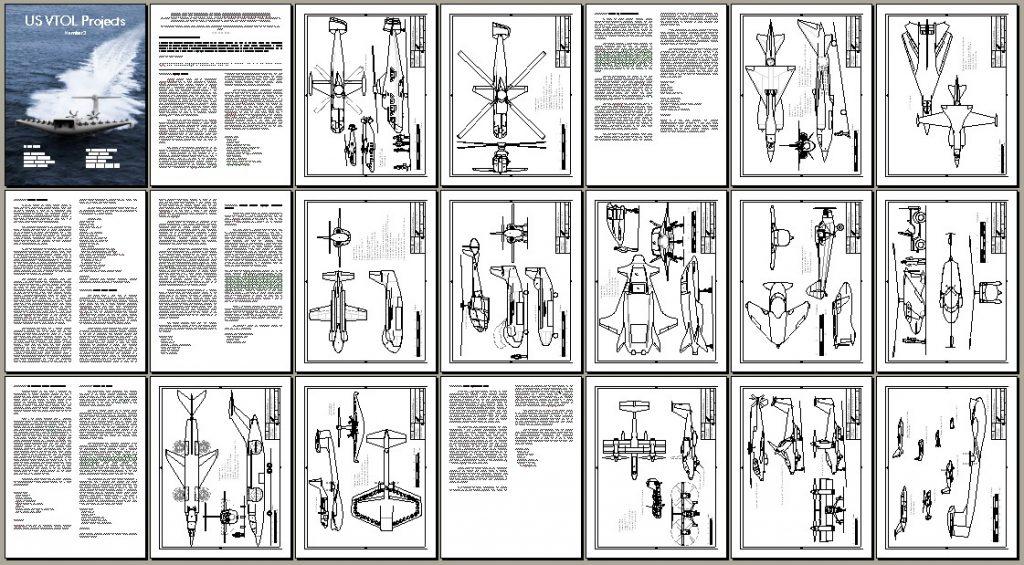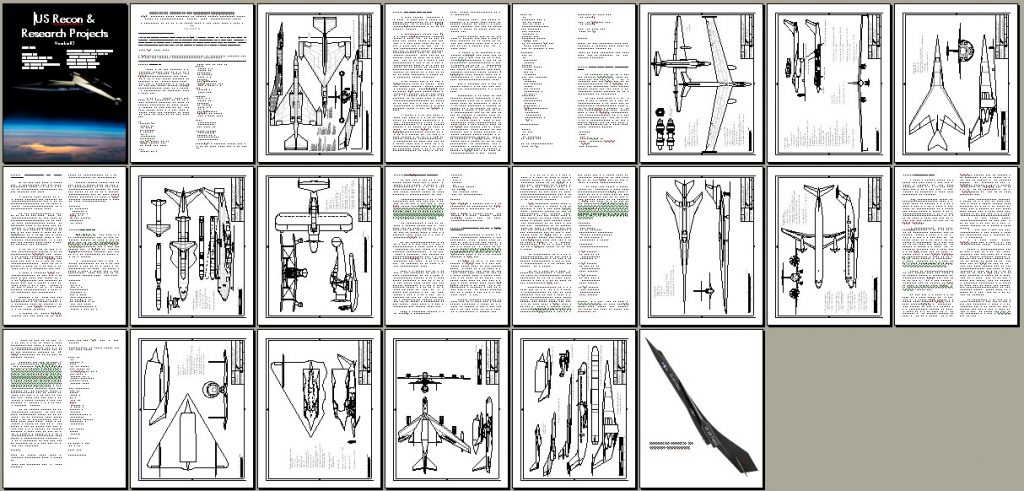The L-2000 was Lockheed’s entrance into the mid-1960’s FAA contest to design and develop an American supersonic transport. The FAA wanted the US to have an SST substantially better than the Anglo-French Concorde, with up to 250 passengers and a cruise speed of up to Mach 3 (as fast as an SR-71). Interestingly, the Concorde was not expected to be a long0lived design, but rather was simply going to be the *first* SST, a technology demonstrator, a diplomatic endeavor between historic enemies Britain and France, a flying sales brochure for Angle-French industry. And the Tupolev Tu 144 was an attempt to put something, *anything*, into the air first.
In the end, the FAA selected the Boeing 2707 design, ending the L-2000. And after great promise was shown, politics killed the Boeing 2707, ending substantial forward progress in civil aviation. Since then, air flight has gotten cheaper and more efficient, but it has not gotten any faster… and it certainly hasn’t become more comfortable.
This artwork depicts an earlier configuration with a simpler, less elegant shape.
I’ve uploaded the full rez scans to the 2018-02 APR Extras Dropbox folder, available to all current APR Patrons at the $4 level and above. If you are interested in this and a great many other “extras” and monthly aerospace history rewards, please sign up for the APR Patreon. Chances are good that $4/month is far cheaper than your espresso/booze budget!
